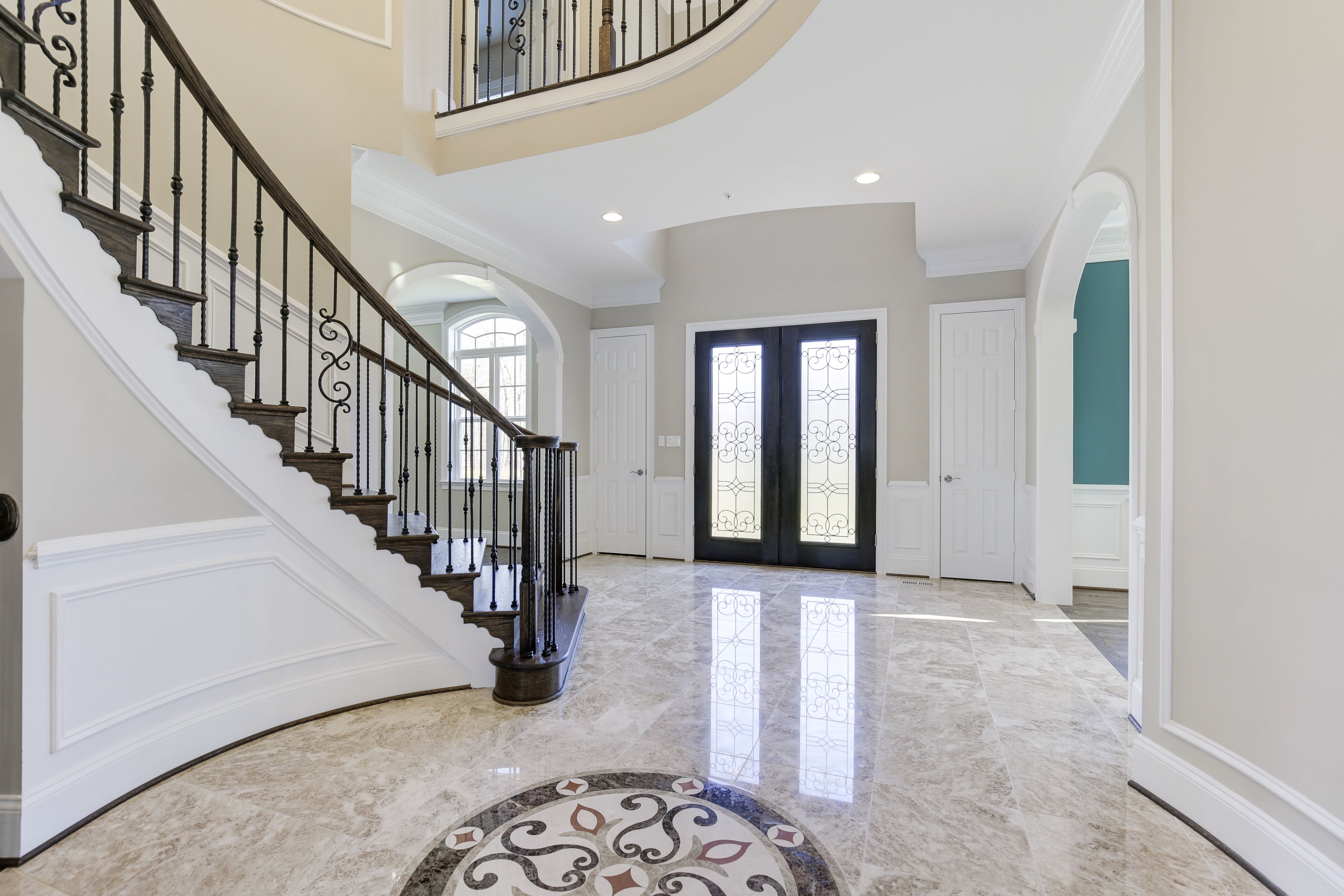Should I use solid or hollow wrought iron balusters?
This is one of the most debated questions in the baluster world. They are almost the same in terms of strength, design, and durability, but each has its particular benefits.
So how do you determine which one is ideal for your needs?
Here are key aspects to consider as you shop:
- Strength and Weight – Solid iron balusters are heavier than their hollow counterpart. Now, when it comes to strength, both solid and hollow do the job.
- Price and Installation – Hollow balusters use fewer materials than solid balusters, generally making them less expensive. So, if you have a big staircase, it makes economic sense to go for the hollow option. You will save quite a considerable amount. What's more, they are also cheaper to ship from one location to another. The weight of a hollow baluster is almost half of that of solid.
The installation technique is the same on both products. The only difference is that hollows are lighter and easier to cut as well as handle. And typically, an experienced installer would charge somewhat less to install hollow iron balusters.
- Texture and Solid – Wrought is used in making solid iron balusters. This is a tough and forge-able type of iron that can be manipulated or rolled into varied shapes. The process can result in a slightly textured exterior giving the balusters an antique look.
On the other hand, hollow iron balusters use quality iron that is poured and crafted through casting. This culminates in a refined and smooth finish.
Solid vs. Hollow Summary: Which one is the best for you?
As mentioned earlier, the two products essentially look the same when installed. Nonetheless, hollow balusters are not only easier to handle and cut but are also cheap to ship. Both are equally durable.
So basically, the final decision boils down to your unique situation, including desired style, finish, and budget. Hopefully, this guide has helped you learn more about the two products to make an informed choice!



